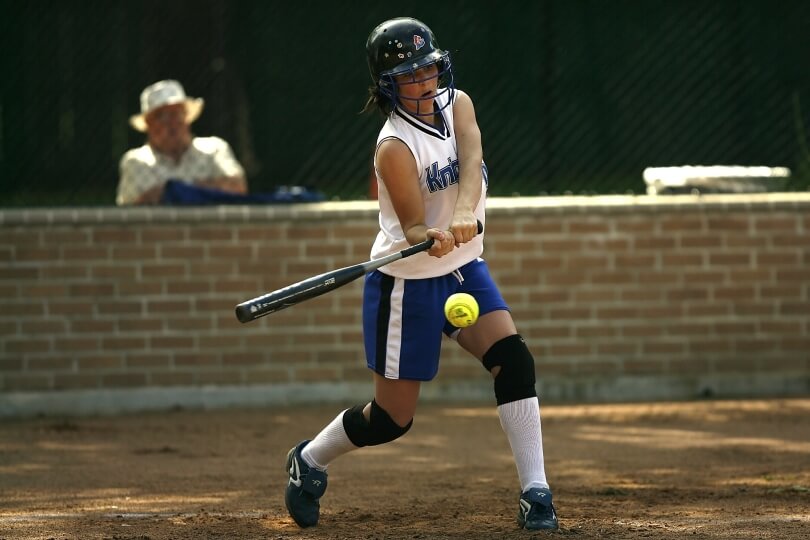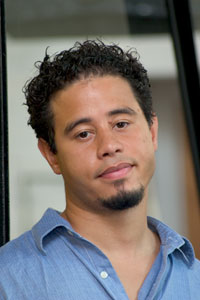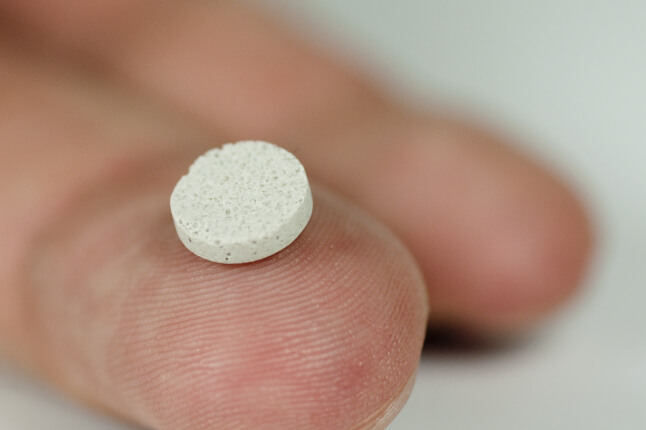News
Would it surprise you to learn that short-term motor memories that last less than a minute play a bigger role than long-term ones in relearning movements after you’ve forgotten them? If so, you’re not alone: the Harvard John A. Paulson School of Engineering and Applied Sciences (SEAS) scientists who discovered this were also amazed at the finding.
“This is different from what memory scientists have conventionally assumed,” says Maurice Smith, the Gordon McKay Professor of Bioengineering at SEAS and corresponding author on a PLoS Biology paper describing the recent study. “Our work suggests being able to re-learn motor skills quickly doesn’t require long-term memory like most of us thought. Instead, our research shows that short-term motor memories, despite that they are fleeting, are responsible for this ability.”
At SEAS, Smith directs the Neuromotor Control lab, where researchers study several components of motor memory, or the ability to develop and remember new ways of coordinating muscle movements. Motor memory helps us play instruments, ride bicycles, learn dance choreography, and do many other things in our daily lives.
“A lot of people think we have these complex brains and nervous systems so that we can think deep thoughts, master cognitive strategies, etcetera,” Smith says. “But, from an evolutionary and survival perspective, the whole reason to have a brain and nervous system is to generate actions – as our actions are what constitute our ability to interact with the environment and ultimately survive in it. Cognition allows for high-level planning about which actions are most beneficial or desirable. But deft execution is key, and we need motor memory and coordination for our actions to be executed effectively.”
For their latest study, Smith’s team wanted to look more directly at how short-term motor memories (forgotten in less than 60 seconds) stacked up against longer-term motor memories – relatively longer, anyway – that last for more than a minute.
“Trying to determine which motor memory component is responsible for faster relearning, known as memory ‘savings’, has been a hot topic in motor learning and motor memory research for the last decade,” says Alkis Hadjiosif, first author on the new paper, a postdoctoral research associate in Smith’s lab. “There have been lots of disparate findings. With this study, we wanted to investigate whether latent memories that hang around for a bit play a meaningful role in learning a motor skill again.”
They recruited 118 study participants, who learned how to control cursor-motion on a computer screen with their arm movements. “We subtly skew the motion to onscreen targets, which makes controlling the cursor a surprisingly difficult thing to do,” Smith says. “It’s a simple task, but it allows us to track how participants perform during initial training and then during retraining, following a period where the initial learning was extinguished,” he says. “And when training is interspersed with one-minute pauses, we can [differentiate] how the contributions of short-term and longer-lasting motor memories impact the speed of relearning.”
To their amazement, they found that motor memories lasting less than a minute displayed faster relearning even after nearly an hour of extinction training and, counterintuitively, memories lasting more than a minute displayed slower relearning. Despite that, memories persisting for over a minute predicted memory retention 24 hours later, while motor memories lasting less than a minute did not.
“This double dissociation between the mechanisms for savings and long-term memory formation challenge widespread assumptions about the connection between savings and memory consolidation,” according to the team’s paper, indicating that these two key features of learning and memory that have traditionally been linked are instead functionally independent. Smith says that the ability to engage faster relearning for short-term memories long after these memories have faded suggests the existence of mechanisms for regulating the learning rates for memories that are distinct from the memories themselves.
“Short-term motor memories are poorly understood and could be just as important as long-term memories,” Smith says. “We’re really excited about doing more research to understand in more detail what all the properties of these short-term memories are – we’ve been referring to them as ‘motor working memories’. Whereas long-term memories are held in the brain by the strength of new connections forming between synapses, motor working memories are likely maintained by ongoing recurrent activity. If we could better understand how these memories are formed, we could figure out the best way to train people to relearn movements.”
Hadjiosif says he’s interested in exploring whether the motor learning deficits present in different neurologic diseases are due to specific difficulties in forming longer-term vs. short-term motor memories. In Smith’s lab, he’s currently analyzing data from people who have experienced degeneration in the brain’s cerebellum, which plays a role in balance, coordination, walking, and other motor functions. Initially, they’re observing that people with cerebellar degeneration seem to display an intact ability to form short term motor memories, yet struggle to form longer term motor memories.
“If we can put these findings together, perhaps we can design better motor training and rehabilitation for these patients,” Hadjiosif says.
J. Ryan Morehead is an additional author on the study.
This work was supported by the McKnight Scholar Award, a Sloan Research Fellowship, and a grant from National Institute on Aging (R01 AG041878).
Topics: Bioengineering
Cutting-edge science delivered direct to your inbox.
Join the Harvard SEAS mailing list.
Scientist Profiles
Maurice Smith
Gordon McKay Professor of Bioengineering
Press Contact
Paul Karoff




